Staying Regular OTR
Topic 28361 | Page 2

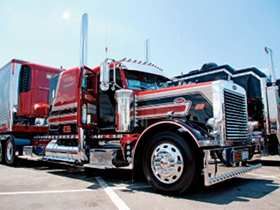
Things are moving along better for me now. Pun intended. I've been consuming more h2o, staying close to my diet etc.
I think my body was just reacting/adjusting to the OTR gig.
Thank you all for the advise and encouragement!
OTR:
Over The Road
OTR driving normally means you'll be hauling freight to various customers throughout your company's hauling region. It often entails being gone from home for two to three weeks at a time.
Moe, our bodies don't need fiber to stay regular. That's one of the many nutritional misnomers we hear all the time. I don't eat an ounce of fiber and I have no issues whatsoever. I'm a carnivore - 99% of what I eat is meat, eggs, and dairy. I don't eat vegetables, I don't get any fiber, and I'm in elite shape. I've been training hard under a professional coach 6 days a week for over two years now. My health and fitness are incredible.
Water intake is the key. You need a lot of water to stay regular. In fact, if you eat a bunch of fiber without drinking tons of extra water the fiber will make the situation even worse. Fiber requires a ton of extra water to flush through your system. Not drinking enough water is causing problems, then eating fiber on top of that is making it worse.
Focus on eating a lot of meat and eggs, and drink a lot of water. Try to limit your carb intake from bread, potato, and pasta. Try to limit your dairy for a few days because that can make the problem worse, also. Drink at least 3 quarts (liters) of water per day.
Listen, this idea that you have to drive a ton of hours all at once is also a misnomer. Throughout my career, I very rarely drove more than 2 - 3 hours at a time without stopping, and I averaged 3,200 miles per week. Stopping every 2 - 3 hours just to use the restroom and walk around for 5 minutes makes a world of difference in how you feel. You'll be far more healthy mentally and physically with short, frequent breaks and you'll turn just as many miles over the long run.
I don't know how many carbs you're used to getting, but if it's a lot you may find yourself feeling lethargic from the cut in carbs. Keep a few energy bars or granola bars in the truck with you. If you feel lethargic, have one. It will perk you right up. It takes a while for your body to adapt to a low-carb diet, but once you do it's miraculous.
Experimenting with your health and fitness is very important. Try different things, even if they go against the advice you hear all the time. I hate to say it, but nutritionists have been a complete disaster for us. They've been completely wrong for decades. In fact, back in the 80's and 90's the food pyramid had "breads and grains" as the basis of our diet, and they said to avoid fatty foods. They created a generation of diabetics hooked on carbs and fundamentally lacking the critical fats your body desperately needs. Now vegetables are the big thing. Do we look like we're built to eat plants? Look at a horse, cow, sheep, goat, deer, and antelope. They're built to eat plants. Do we seem to be built like that? No, obviously not. We're built to hunt and eat meat.
Eat a lot of meat and eggs, forget the fiber, keep carbs low, and drink a minimum of 3 quarts of water per day. If you feel lethargic just eat a small energy bar or granola bar. Do that as an experiment for 2 - 3 days and you'll find that all your problems will be solved.
In fact, back in the 80's and 90's the food pyramid had "breads and grains" as the basis of our diet, and they said to avoid fatty foods. They created a generation of diabetics hooked on carbs and fundamentally lacking the critical fats your body desperately needs.
Not only that, but my generation (60s-70s) is 1 in 8 times likely to have Alzheimers. Our kids generation is down to 1 in 6 times. Our grandkids are now down to 1 in 3! This info came from the Council on Aging lady that puts on a Caregiver meeting monthly in Twin Falls county ID. She attends all sorts of meetings to learn about caregiver issues.
The meeting she attended was presented by one of the doctors that is studying Alzheimers. In the mid to late 70s, the "nutritionists" started in with 2% milk and before long skim milk. Then eggs had to be cut back to 2 no more than 3 a week. Red meat was bad for you, so only eat it a few times week and cut off the fat. Cooking with bacon fat was a no-no and was replaced with soybean, canola, corn, etc. They have pushed fat out of our lives and we need fat to fuel our bodies and brain.
Funny thing is, even tho I'm overweight, my cholesterol is low and I attribute that to the meat I eat. Now to eat more meat and cut out the carbs and drink more liquids.
Laura
Hello, Im Jose and I have a product called truckerpotty and I would like your professional opinion.
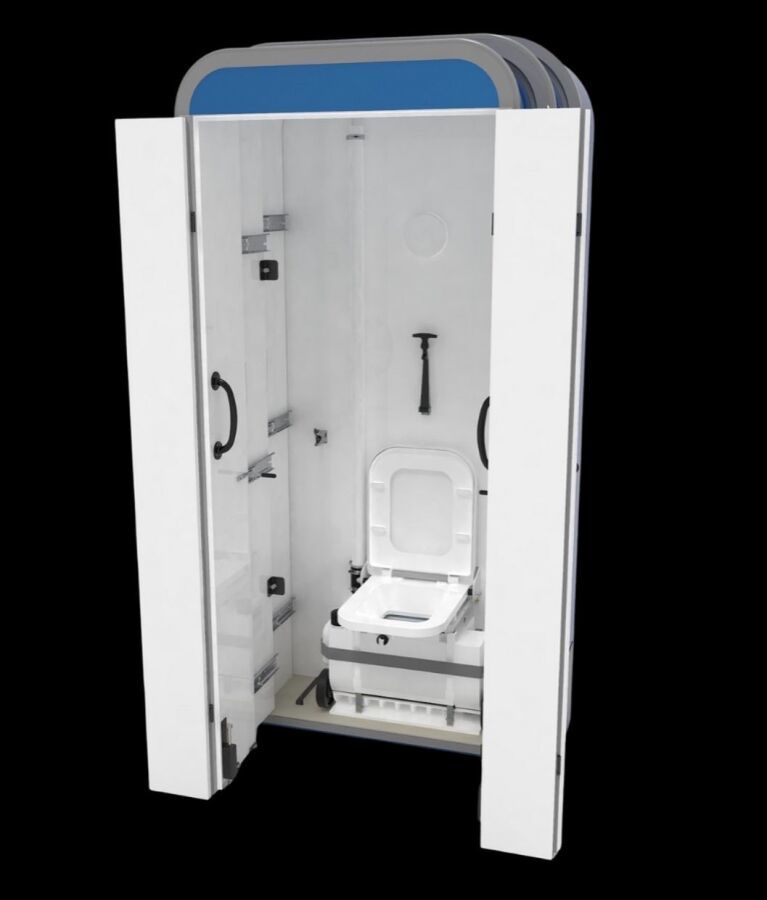
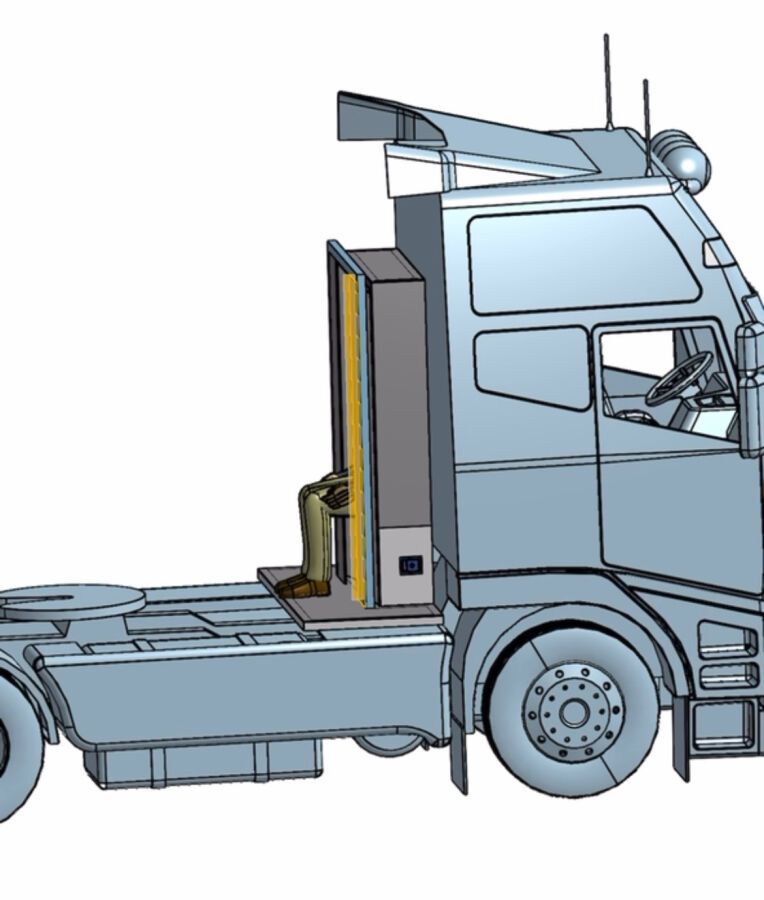
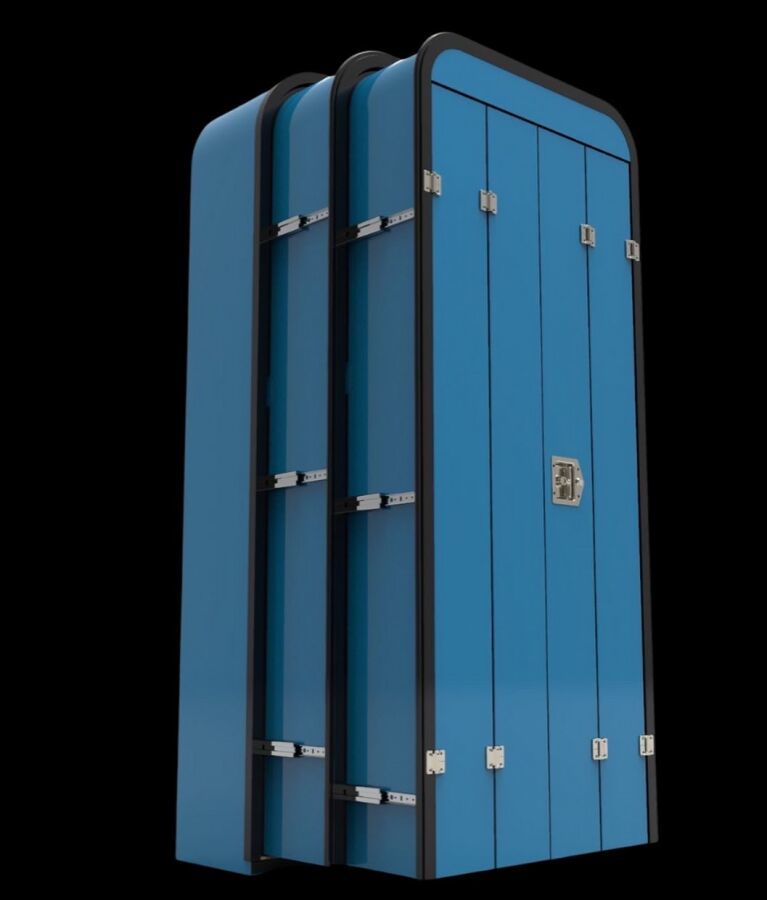
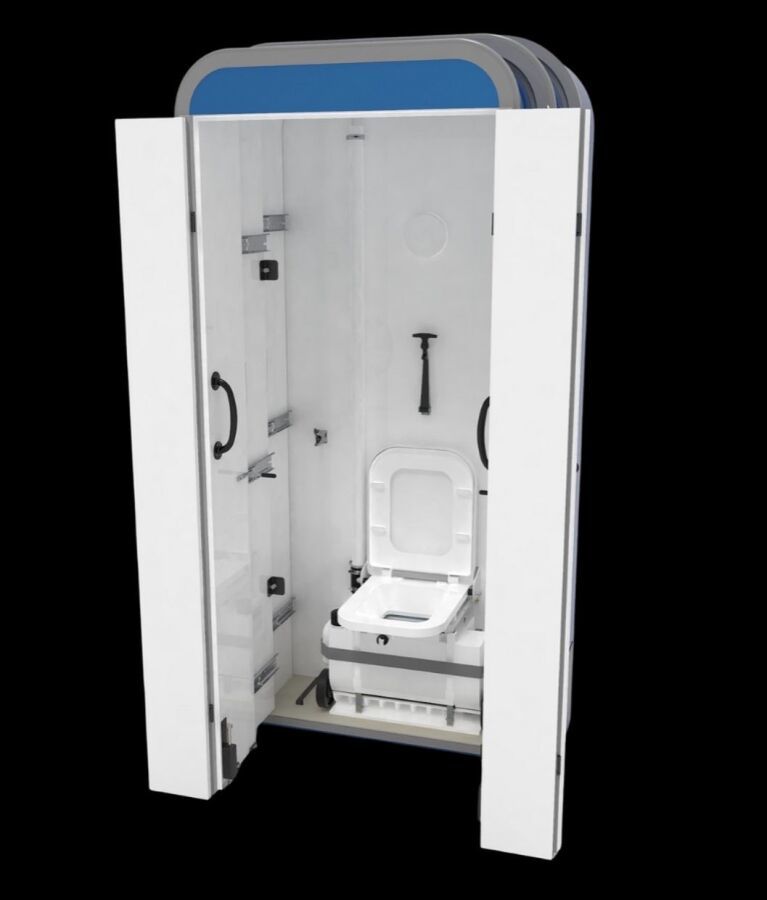
Jose, intriguing idea. A few Q's from practical use: 1)how much space off back of cab. 2) how much width Is left for air and electric lines, and maintenance of same. 3) is this intended only for day cabs? 4)How much carry capacity are we giving up on our drive axles? 5) How much knee room when taking a heaver in our winter gear - are we packed in there like sumo wrestlers on a southwest flight? 6) what services are required to off load our off loads and how do we get.there in a cmv? 7) what impact does this have on 5th wheel slide to facilitate contai er chassis hauling?
Thanks
Day Cab:
A tractor which does not have a sleeper berth attached to it. Normally used for local routes where drivers go home every night.
CMV:
Commercial Motor Vehicle
A CMV is a vehicle that is used as part of a business, is involved in interstate commerce, and may fit any of these descriptions:
- Weighs 10,001 pounds or more
- Has a gross vehicle weight rating or gross combination weight rating of 10,001 pounds or more
- Is designed or used to transport 16 or more passengers (including the driver) not for compensation
- Is designed or used to transport 9 or more passengers (including the driver) for compensation
- Is transporting hazardous materials in a quantity requiring placards
Good concept, but impractical.

It will fit on any day cab and sleeper, it goes on catwalk where some drivers carry a spare tire. Fully closed and locked it’s 13 inches. Will fit closed even with a reefer , you can use it with a reefer but space will be very limited.
Width is the size of the chassis, leaving air lines alone.
We are still working on weight/durability , would you prefer a 200lb unit but very durable or 100lb but more flexible unit?
The unit can extend 42 inches so plenty of legroom and current height is 6ft
It has RV hookups and it also carry tank is removable and has wheels to roll and empty on a normal toilet like a cassette style toilet
Closed is only 13 inches and doesn’t interfere with 5th wheel
Jose, intriguing idea. A few Q's from practical use: 1)how much space off back of cab. 2) how much width Is left for air and electric lines, and maintenance of same. 3) is this intended only for day cabs? 4)How much carry capacity are we giving up on our drive axles? 5) How much knee room when taking a heaver in our winter gear - are we packed in there like sumo wrestlers on a southwest flight? 6) what services are required to off load our off loads and how do we get.there in a cmv? 7) what impact does this have on 5th wheel slide to facilitate contai er chassis hauling?
Thanks
Day Cab:
A tractor which does not have a sleeper berth attached to it. Normally used for local routes where drivers go home every night.
CMV:
Commercial Motor Vehicle
A CMV is a vehicle that is used as part of a business, is involved in interstate commerce, and may fit any of these descriptions:
- Weighs 10,001 pounds or more
- Has a gross vehicle weight rating or gross combination weight rating of 10,001 pounds or more
- Is designed or used to transport 16 or more passengers (including the driver) not for compensation
- Is designed or used to transport 9 or more passengers (including the driver) for compensation
- Is transporting hazardous materials in a quantity requiring placards
Reefer:
A refrigerated trailer.
I'll second this.
I'm not a driver yet, still in school, but I regularly consume powdered oats in a shake/smoothie. I order an 8lb tub and mix it like a protein shake. I actually mix it with protein too some.
Another thing to look into would be a magnesium supplement (not a magnesium laxative. Magnesium glycinate or threonate are both good. I try to get them so that each pill/capsule has 100mg of magnesium and take 1 capsule 4 times a day for 400mg total through the day. 1 with each big meal and 1 to help sleep.
If I get backed up, which is rare with that magnesium I'll take 2-3 at once plus the regular dose and usually about 12 hours later a softer than normal stool passes and I'm back to normal. If it passes but it's hard still I'll stick with those extra ones until I'm back on my pooping twice a day routine.
Another tip for the opposite problem is always, always have loperamide on hand. Never know when some bad truck stop food will run through you
Eat real food, not processed garbage our digestive system was never created to digest.
TWIC:
Transportation Worker Identification Credential
Truck drivers who regularly pick up from or deliver to the shipping ports will often be required to carry a TWIC card.
Your TWIC is a tamper-resistant biometric card which acts as both your identification in secure areas, as well as an indicator of you having passed the necessary security clearance. TWIC cards are valid for five years. The issuance of TWIC cards is overseen by the Transportation Security Administration and the Department of Homeland Security.
HOS:
Hours Of Service
HOS refers to the logbook hours of service regulations.New Reply:
New! Check out our help videos for a better understanding of our forum features

















Preview:
This topic has the following tags:
Advice For New Truck Drivers Exercise and Fitness Food & Eating On The Road Truck Driving Lifestyle







 TT On Facebook
TT On Facebook